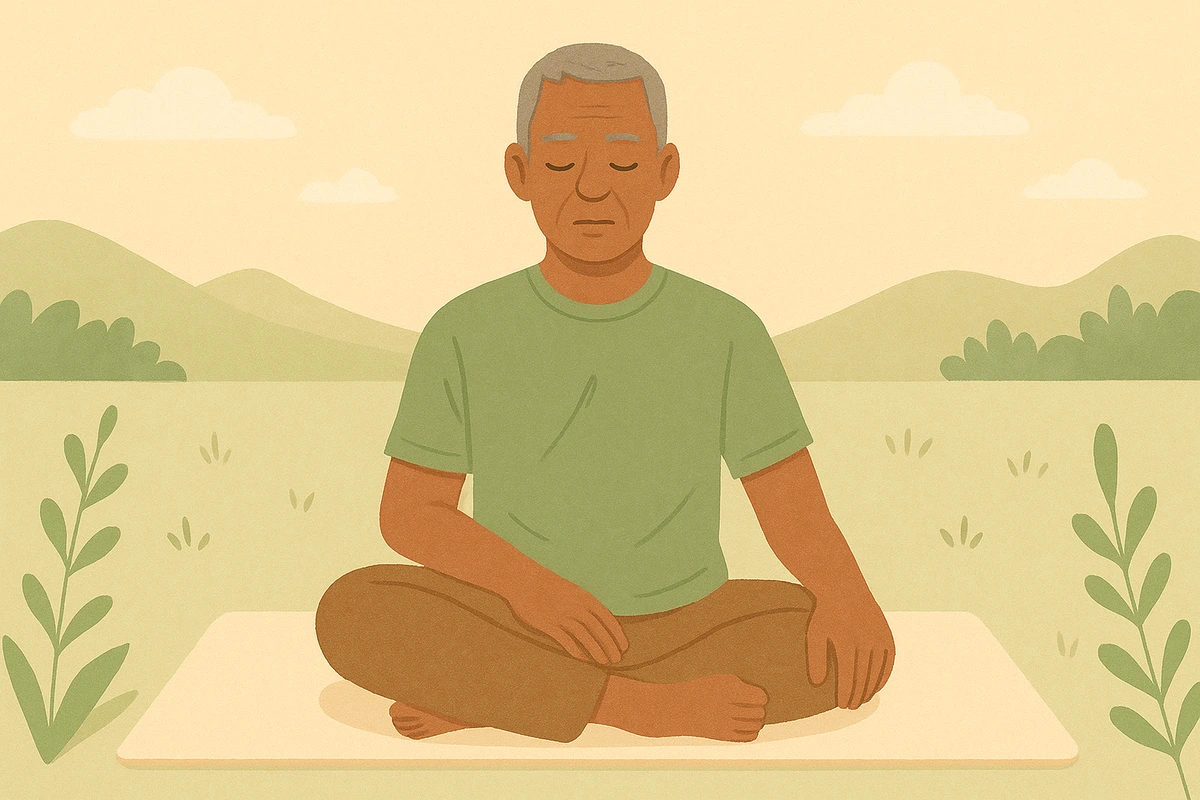Understanding avoidance and safety behaviors involves identifying subtle habits used to reduce anxiety temporarily but which ultimately reinforce fear patterns, building awareness to interrupt anxiety cycles within 8-15 minutes of reflection.

Anxiety creates powerful urges to escape, hide, or find immediate relief through behaviors that feel protective in the moment—avoiding social events, checking and rechecking work, seeking constant reassurance, or staying busy to distract from worried thoughts. These strategies provide temporary comfort by reducing immediate distress, making them feel like effective anxiety management tools.
Understanding avoidance and safety behaviors reveals how these seemingly helpful strategies actually strengthen anxiety over time by preventing you from learning that feared outcomes rarely occur. This psychoeducational approach helps identify subtle behavioral patterns that maintain anxiety cycles while building foundation for more effective coping strategies. Research demonstrates that awareness of avoidance patterns significantly improves anxiety treatment outcomes.
Understanding avoidance and safety behaviors operates through multiple interconnected psychological mechanisms that fundamentally alter the maintenance cycles keeping anxiety symptoms active. The core effectiveness stems from what cognitive behavioral researchers call "behavioral analysis" - systematically examining how specific actions influence emotional and physiological responses over time.
The technique leverages what anxiety specialists term "maintenance cycle interruption" - breaking the automatic patterns where avoidance behaviors temporarily reduce anxiety but prevent the natural learning that would occur through exposure to feared situations. Studies demonstrate that awareness of these cycles is the first step toward more adaptive responding.
One fundamental mechanism involves what psychologists call "negative reinforcement" - behaviors are strengthened when they remove something unpleasant (anxiety), even if this strengthening ultimately maintains the underlying problem. Understanding this process helps explain why anxiety-reducing behaviors feel helpful despite being counterproductive long-term.
The education works through what exposure therapy research calls "inhibitory learning" - the brain's capacity to learn that feared outcomes are less likely or less catastrophic than anticipated. Avoidance behaviors prevent this natural learning process, while awareness enables conscious choice about behavioral responses.
Knowledge about safety behaviors builds what researchers term "metacognitive awareness" - consciousness about how your own actions influence your emotional experiences rather than being unconsciously controlled by anxiety-driven behavioral patterns. This awareness creates choice points where automatic responses can be interrupted.
The framework addresses what anxiety researchers call "safety signal dependence" - reliance on specific behaviors, objects, or people to feel safe in anxiety-provoking situations. Understanding this dependence helps build genuine confidence through graduated exposure rather than artificial security through avoidance.
From a neurobiological perspective, avoidance behaviors maintain what neuroscientists call "threat detection sensitivity" - the brain's alarm system remains hyperactive when avoidance prevents opportunities to learn about actual versus perceived danger. Awareness of these patterns supports conscious exposure that recalibrates threat detection systems.
Additionally, understanding avoidance patterns builds what psychologists term "psychological flexibility" - the ability to experience difficult emotions while taking values-based action rather than being controlled by anxiety-driven behavioral urges.
"I can't identify any avoidance behaviors in my life": Avoidance often becomes so automatic it's invisible. Try tracking your responses to anxiety-provoking situations for a week, or ask trusted friends if they've noticed any patterns in your behavior during stressful times.
"Recognizing avoidance makes me more anxious": Increased awareness can temporarily heighten anxiety as unconscious patterns become conscious. This typically decreases as you develop alternative coping strategies. Consider working with a therapist if anxiety feels overwhelming.
"I know I'm avoiding but can't stop the behaviors": Awareness is the first step, but changing long-standing patterns takes time and often requires professional support. Consider this recognition as progress rather than expecting immediate behavioral change.
"My avoidance behaviors seem necessary for my safety": Some situations do require genuine caution. Work with a mental health professional to distinguish between reasonable precautions and anxiety-driven avoidance that limits your life unnecessarily.
"I feel ashamed about my avoidance patterns": Avoidance behaviors develop as protective strategies and are extremely common among people with anxiety. Approach this exploration with self-compassion and remember that awareness enables choice and positive change.
"I'm overwhelmed by how much I avoid": Start with identifying one or two specific avoidance patterns rather than trying to address everything at once. Small changes in behavioral patterns often create significant improvements in anxiety levels.